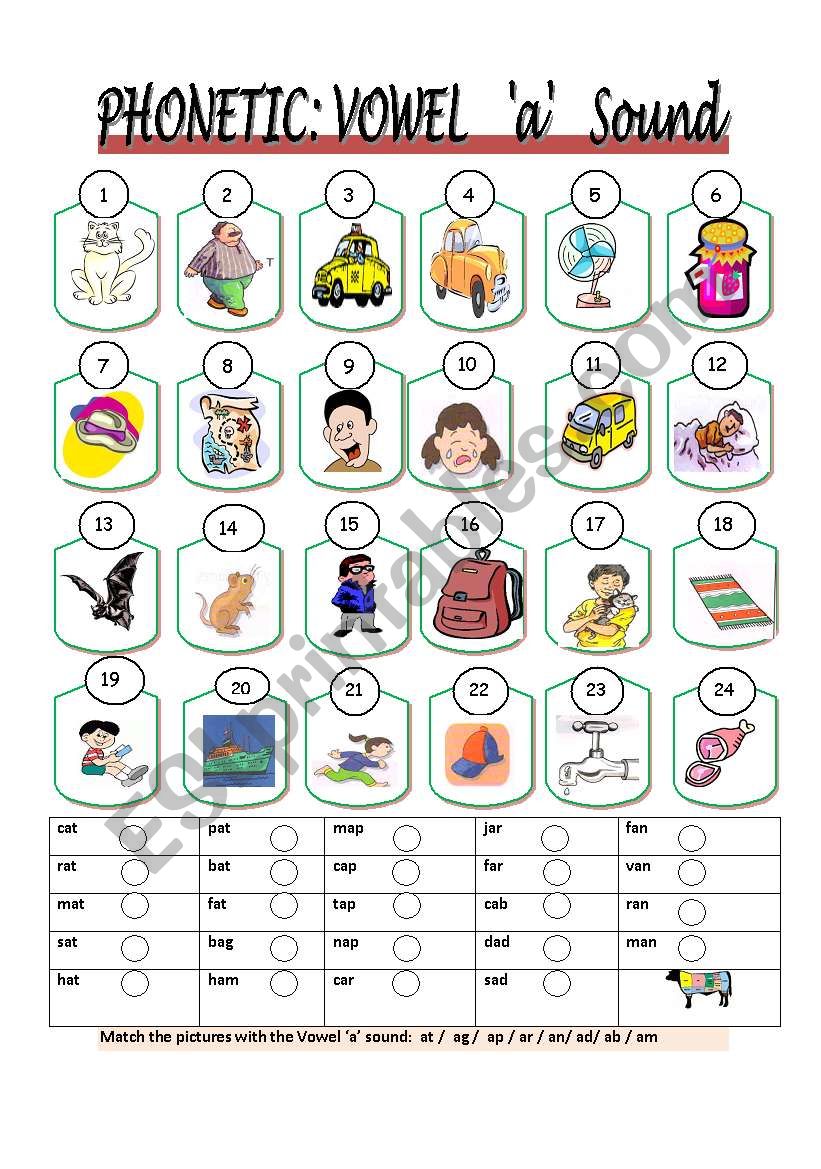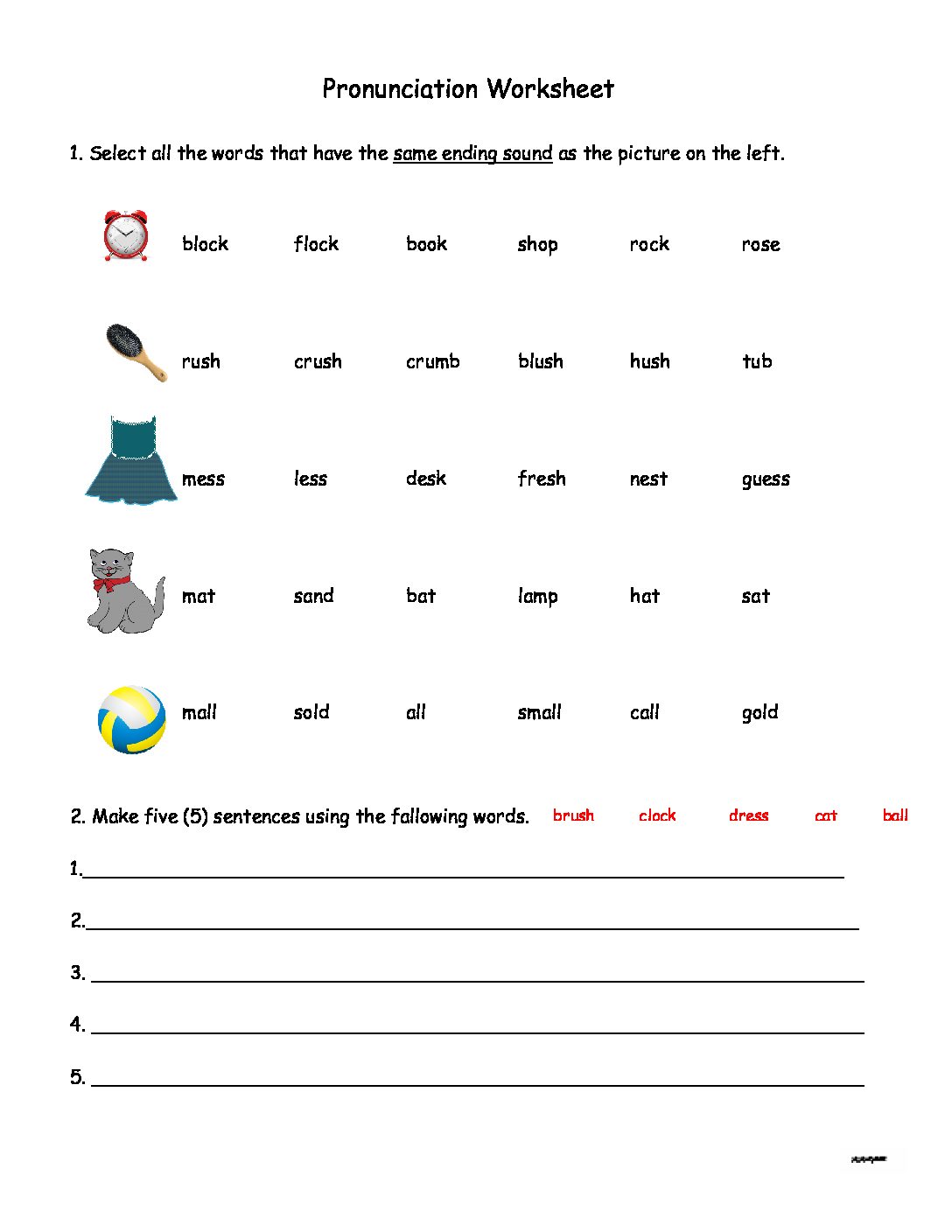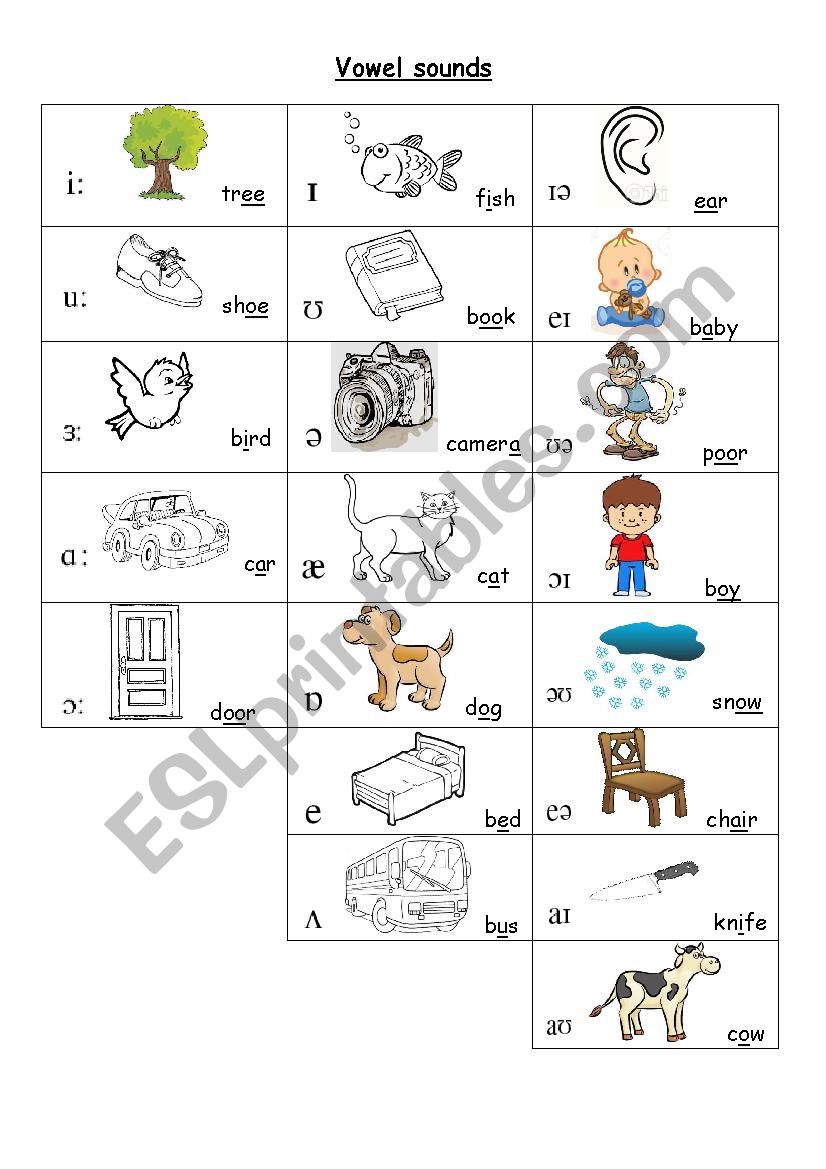
Bridging the Sound-Structure Gap: The Indispensable Role of Grammar Worksheets : Phonetics
The journey of mastering a foreign language, especially English, is multifaceted. It demands not only a grasp of vocabulary and grammatical rules but also a keen understanding of how the language sounds. While grammar often occupies the central stage in language pedagogy, the subtle yet profound influence of phonetics on grammatical comprehension and production is frequently underestimated. This article delves into the critical role of Grammar Worksheets : Phonetics as an invaluable tool for language learners and educators, exploring how these resources effectively bridge the gap between abstract grammatical rules and their concrete phonetic realizations.
The Foundation: Understanding Phonetics in Language Acquisition

Phonetics is the scientific study of speech sounds, focusing on their production (articulatory phonetics), transmission (acoustic phonetics), and perception (auditory phonetics). For English language learners, phonetics is particularly challenging due to the language’s notoriously irregular spelling-to-sound correspondence. Unlike highly phonetic languages, English often presents words that are spelled one way but pronounced quite differently (e.g., "through," "rough," "bough"). This disconnect can lead to significant pronunciation errors, comprehension difficulties, and even grammatical mistakes.

Beyond individual sounds (phonemes), phonetics also encompasses suprasegmental features like stress, rhythm, and intonation. These elements are not mere embellishments; they carry crucial meaning and grammatical information. For instance, the stress placed on a word can change its grammatical function (e.g., ‘present’ as a noun vs. pre’sent’ as a verb), and intonation can distinguish a statement from a question. Without a solid phonetic foundation, learners may struggle to understand native speakers, be misunderstood themselves, and fail to convey the intended grammatical meaning through their speech.

The Interplay: Where Grammar Meets Phonetics

While seemingly distinct, grammar and phonetics are deeply intertwined. Grammatical structures often have specific phonetic manifestations that are essential for accurate communication. Consider the following connections:

-
Morpheme Pronunciation:
- Past Tense -ed Endings: The regular past tense ending "-ed" has three distinct pronunciations: /t/ (after voiceless sounds like ‘k’, ‘p’, ‘f’), /d/ (after voiced sounds like ‘g’, ‘b’, ‘v’), and /ɪd/ (after ‘t’, ‘d’). Mispronouncing these can make speech sound unnatural or even unintelligible.
- Plural and Third-Person Singular -s Endings: Similarly, the "-s" ending for plurals, third-person singular verbs, and possessives has three pronunciations: /s/ (after voiceless sounds), /z/ (after voiced sounds), and /ɪz/ (after sibilant sounds like ‘s’, ‘z’, ‘sh’, ‘ch’, ‘j’).
- Contractions and Weak Forms: Many grammatical words (auxiliary verbs, prepositions, articles) have "weak forms" in connected speech, where their vowels are reduced to a schwa /ə/ or dropped entirely. For example, "can" in "I can swim" is often pronounced /kən/ not /kæn/. Understanding and producing these weak forms is crucial for natural-sounding English and comprehension.


-
Stress and Rhythm:

- Compound Nouns vs. Adjective + Noun: Stress patterns can differentiate grammatical categories. For instance, "greenhouse" (a building) typically has stress on the first syllable, while "green house" (a house that is green) has stress on the second word.
- Verb vs. Noun Forms: As mentioned, words like "present" or "record" change their stress pattern depending on whether they are used as a noun or a verb.
- Sentence Stress: In a sentence, content words (nouns, main verbs, adjectives, adverbs) are usually stressed, while function words (articles, prepositions, conjunctions, auxiliary verbs) are often unstressed. This rhythm is fundamental to understanding the flow of English and its grammatical structure.
-
Intonation:
- Questions vs. Statements: Rising intonation typically signals a yes/no question ("Are you coming?"), while falling intonation indicates a statement or a Wh-question ("Where are you going?"). Incorrect intonation can lead to miscommunication about the speaker’s intent.
- Lists and Pauses: Intonation patterns help listeners parse sentences, indicating where clauses end, or items in a list are separated.

Given these intricate connections, it becomes clear that a holistic approach to language learning must integrate phonetic instruction with grammar. This is precisely where Grammar Worksheets : Phonetics come into play.
The Power of Worksheets: Why Use Grammar Worksheets : Phonetics?
Worksheets, by their very nature, offer structured, targeted practice. When designed specifically to address the intersection of grammar and phonetics, they provide numerous benefits:
- Targeted Practice: They allow learners to focus on specific phonetic challenges related to particular grammatical structures, such as the pronunciation of regular past tense verbs or the intonation of conditional sentences.
- Visual Reinforcement: Worksheets can visually represent sounds using the International Phonetic Alphabet (IPA), phonetic symbols, or stress marks, making abstract sounds more concrete.
- Active Engagement: Rather than passively listening, learners actively participate by identifying sounds, transcribing, matching, or completing gaps, reinforcing their understanding.
- Self-Correction: Many worksheets come with answer keys, enabling learners to check their work and identify areas for improvement independently.
- Confidence Building: Mastering the phonetic aspects of grammar can significantly boost a learner’s confidence in speaking and understanding English, leading to more natural and fluent communication.
- Integration: They encourage learners to think about grammar not just as rules on a page but as sounds spoken in real-time, promoting a more integrated view of language.
Designing Effective Grammar Worksheets : Phonetics
Creating effective Grammar Worksheets : Phonetics requires thoughtful design. Here are key elements to consider:
- Clear Objectives: Each worksheet should have a specific learning objective, e.g., "Learners will be able to correctly pronounce the -ed ending of regular past tense verbs."
- Authentic Context: While drills are necessary, embedding phonetic practice within meaningful grammatical contexts (e.g., a short dialogue, a narrative) makes the learning more relevant.
- Audio Component: An audio track is indispensable. Learners need to hear the target sounds and patterns modeled by native speakers. This could be embedded QR codes, links to online audio, or accompanying CDs.
- Variety of Activities:
- Listening and Identification: Learners listen and identify specific sounds, stress patterns, or intonation contours.
- Transcription: Transcribing words or short phrases into IPA.
- Matching: Matching words to their phonetic transcriptions or matching sentences to their appropriate intonation patterns.
- Fill-in-the-Blanks: Choosing the correct phonetic variant of a grammatical morpheme.
- Categorization: Sorting words based on their phonetic endings (e.g., -ed pronounced /t/, /d/, or /ɪd/).
- Minimal Pair Drills: Focusing on pairs of words that differ by one sound and affect grammatical meaning (e.g., "live" vs. "leave" in a sentence context).
- Role-Playing/Dialogue Practice: Encouraging learners to apply the learned phonetic-grammatical patterns in communicative tasks.
- Use of IPA (International Phonetic Alphabet): While daunting at first, introducing IPA gradually and consistently provides a universal and unambiguous way to represent sounds, overcoming the inconsistencies of English spelling.
- Visual Aids: Using arrows for intonation, bolding for stress, or color-coding can make complex phonetic concepts more accessible.
- Answer Keys: Essential for self-assessment and independent learning.
Types of Grammar Worksheets : Phonetics Activities
Let’s look at specific examples of activities that could feature in Grammar Worksheets : Phonetics:
- Past Tense -ed Pronunciation: A worksheet might present a list of regular verbs. Learners listen to their past tense forms and mark whether the -ed is pronounced /t/, /d/, or /ɪd/. They could then practice saying the words.
- Plural/Third Person -s Pronunciation: Similar to the -ed worksheet, this would focus on the three pronunciations of the -s ending, perhaps categorizing nouns or verbs.
- Weak Forms of Auxiliary Verbs: A listening exercise where learners identify the weak forms of "is," "are," "have," "can," etc., in sentences and then practice producing them naturally.
- Intonation for Questions and Statements: Worksheets with sentences that are identical except for punctuation (question mark vs. period). Learners listen and draw intonation arrows (rising or falling) and then practice saying them with correct intonation.
- Stress in Compound Nouns vs. Adjective-Noun Phrases: Learners listen to pairs like "blackbird" vs. "black bird" and identify which is a compound noun and which is an adjective-noun phrase based on stress.
- Linking Sounds in Connected Speech: Activities where learners identify how words link together, especially across word boundaries where a final consonant of one word connects to the initial vowel of the next (e.g., "pick it up" becomes /pɪkɪtʌp/).
- Pronunciation of Homophones and Homographs: While not strictly grammar, this relates to word forms. Worksheets could focus on words like "read" (present vs. past tense) or "wind" (verb vs. noun), distinguishing them by their phonetic differences in context.
Implementing Grammar Worksheets : Phonetics in the Classroom and for Self-Study
In the classroom, teachers can use these worksheets as warm-up activities, consolidation exercises, or homework. They provide a structured framework for pronunciation practice that is directly linked to grammatical understanding. Teachers should model the sounds, provide constructive feedback, and encourage repetition. Integrating these worksheets with communicative tasks (e.g., having students use the practiced grammatical structures in dialogues) solidifies the learning.
For self-study, Grammar Worksheets : Phonetics are incredibly powerful. Learners can work at their own pace, repeatedly listening to audio, practicing pronunciation, and checking their answers. Access to online resources and apps that provide interactive phonetic exercises can further enhance this self-directed learning.
Challenges and Considerations
Despite their benefits, there can be challenges. Some learners may resist phonetic symbols or find them intimidating. Teachers might need to allocate sufficient time for phonetic instruction, which is often squeezed by other curriculum demands. Finding high-quality, culturally sensitive, and comprehensive Grammar Worksheets : Phonetics can also be a task, though online repositories and publishers are increasingly offering such resources.
Conclusion
In conclusion, the integration of phonetic instruction with grammatical learning is not merely an auxiliary component but an essential pillar of comprehensive language acquisition. Grammar Worksheets : Phonetics offer a practical, structured, and highly effective means to achieve this integration. By actively engaging learners in the auditory and articulatory aspects of grammatical structures, these worksheets empower them to not only understand the rules of English but also to produce and comprehend the language with greater accuracy, fluency, and confidence. Embracing these tools is a vital step towards fostering truly holistic English language proficiency.
